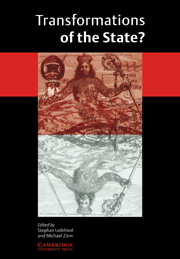Abstract
This paper contributes to the ongoing quest for a European public sphere understood as a structural transformation of national media debates. The process of Europeanization has a vertical and a horizontal dimension: an increased focus on the EU as well as more attention for other European countries. A content analysis of quality newspapers in five EU member states covering a period of 20 years reveals common trends across different countries but no convergence over time. Four different patterns of Europeanization can be identified: comprehensive Europeanization, segmented Europeanization, Europeanization aloof from the EU, a parochial public sphere. This paper pushes research in this area ahead by identifying and testing factors which explain these differences in newspaper coverage. In-depth case analysis as well as regression analysis show that the editorial mission of a newspaper and the size of a country have a significant effect on patterns of Europeanization. Contrary to common expectations, the number of correspondents in Brussels and the degree of popular identification with Europe did not significantly affect patterns of Europeanization.

Brüggemann, Michael; Kleinen-v. Königslöw, Katharina (2009): Let´s talk about Europe. Explaining Vertical and Horizontal Europeanization in the Quality Press. In European Journal of Communication 24 (1), pp. 27–48. Available online at http://www.state.uni-bremen.de/pages/pubApBeschreibung.php?SPRACHE=de&ID=68.









